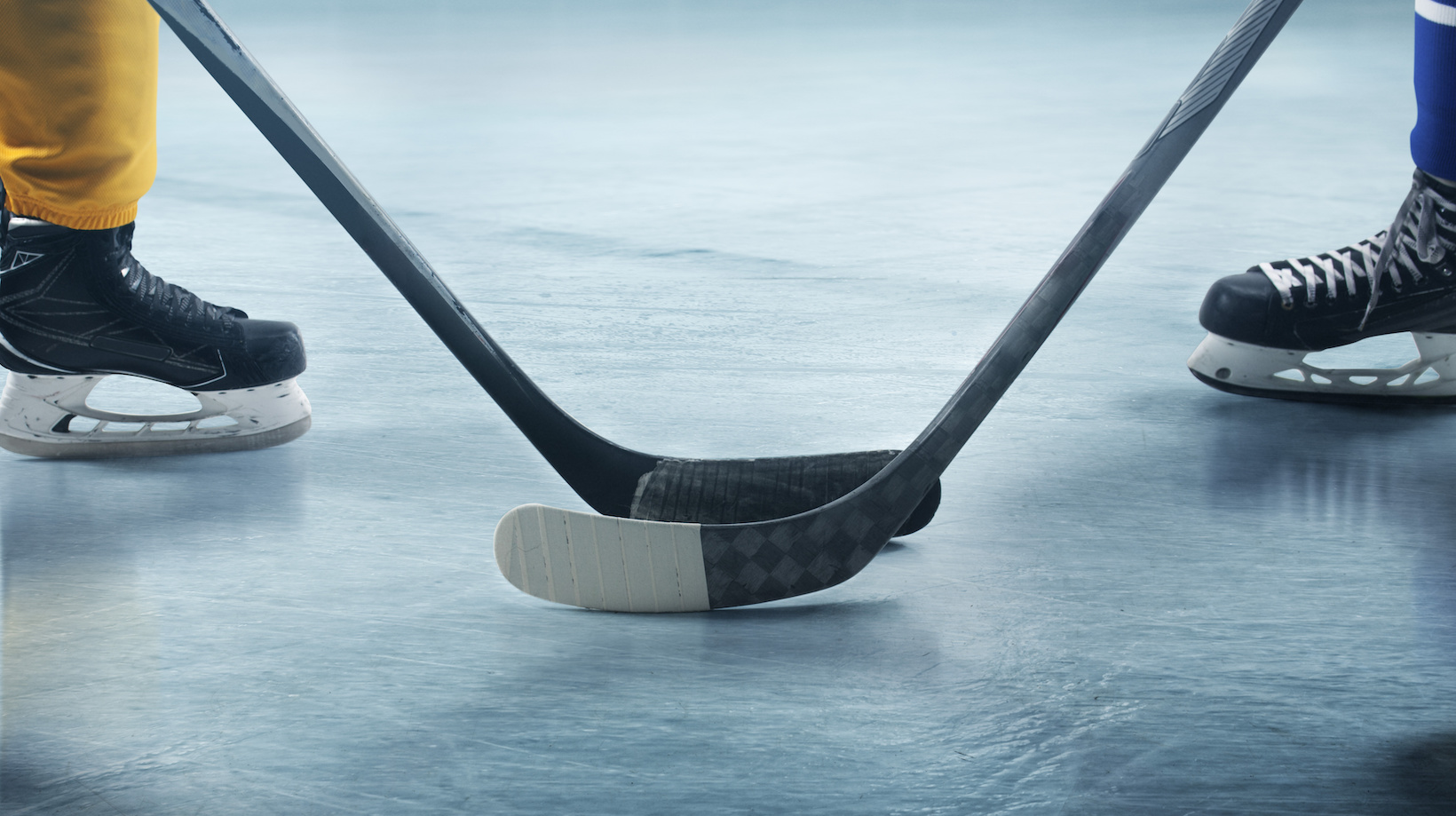Selecting the right hockey stick is an important decision that could have an impact on a young player’s performance. Most players actually have at least one stick. There are many factors to consider when picking the perfect stick.
Length
One of the first things to consider is the length of the stick. As a general rule, a stick should come up to a player’s nose when they are standing in skates. However, defensive players may prefer a longer stick for added reach, and offensive players may opt for a shorter stick for better puck control.
Flex
Flexibility is another key factor. The flex rating indicates how flexible the shaft is; lower numbers are more flexible, higher numbers are stiffer. Young players usually need a lower flex rating. Flex tends to become a more important factor as players get older and bigger.
Material
Hockey sticks are generally made from wood or composite materials. Composite sticks are lighter and offer better performance but can be more expensive. Wood sticks are less expensive and can be great for beginners, although they are generally heavier and less durable.
Blade Curve
The blade curve can affect shooting and puck-handling. There are various types of curves, each suited for different play styles. New players may benefit from a moderate curve to start.
Blade Lie
The lie of the blade is the angle at which the blade comes into contact with the ice. A correct lie helps keep the blade flat on the ice while you’re skating and is crucial for effective stickhandling, passing, and shooting.
Grip vs. Non-Grip
Some sticks come with a grip coating while others are non-grip. Grip sticks can provide a better handle but may limit slide adjustments. Choose based on your personal preference.
Price
Finally, there is the cost. While a higher-priced stick may offer better performance and durability, it is not necessary for young or new players to have the most expensive stick on the market. Keep in mind that younger players will likely grow and need new sticks. Also know that most players will break many sticks during their times on the ice.
The right stick is an extension of a player on the ice. Consider these factors carefully, consult with coaches, and don’t hesitate to ask for advice. Remember that letting players partake in the decision is important as well.

